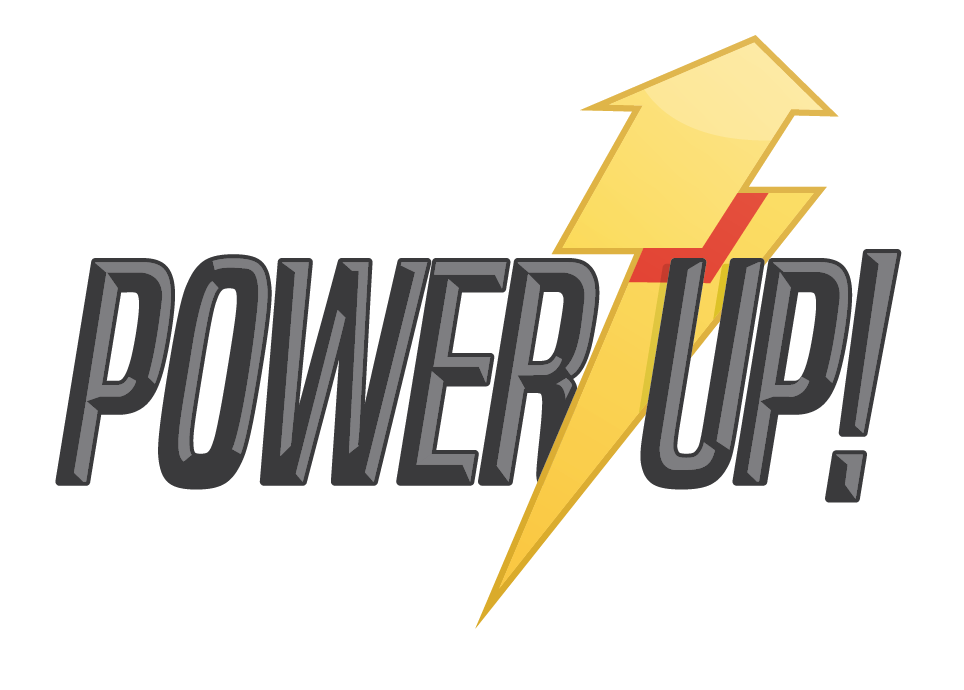When I first picked up the Manba One V2, I’ll admit the 2-inch screen smack in the middle made me skeptical. A screen on a controller? Wasn’t that the very gimmick that helped sink the Wii U? Even the Asus Raikiri Pro tried something similar, but its screen integration lacked the seamless functionality and intuitive experience the Manba One V2 delivers. Still, at USD $69.99 (about AU$104, though prices vary since it’s not locally stocked), my curiosity won out—and I was genuinely impressed by how Manba’s engineers managed to pack “the power of a PC app” right into my hands.
The Manba One V2 boasts a sleek, modern design that immediately catches the eye. The white version, in particular, exudes minimalist elegance, with clean lines, a subtle matte finish that resists fingerprints, and transparent elements adding a touch of sophistication. The 2-inch screen is seamlessly integrated into the controller’s front, lending a futuristic vibe without feeling obtrusive. The button layout is intuitive, and the overall build quality feels solid, though the grips lean more toward nostalgic Xbox 360-era comfort rather than cutting-edge elite pads.

Notably lightweight for a pro controller, the Manba One V2 is comfortable for extended gaming sessions. Swappable thumbsticks let you tailor the feel to your liking, while tasteful RGB lighting adds a vibrant yet understated flair. The result is a controller that strikes an impressive balance between functionality and style, making it a standout for gamers who value both performance and aesthetics.
Ergonomics, however, leave some room for improvement. The grips fall short compared to premium options like the Xbox Elite Series 2 or Razer Wolverine V2 Pro—a difference you’ll notice right away. Of course, with a price gap of several hundred dollars, expectations should be managed. The all-white face buttons can be hard to read under certain lighting, which may trip up newcomers. The four back paddles, though functional, lack the depth and size for easy activation; I often found myself wishing they were larger and more tactile. While your mileage may vary, these aren’t the best back paddles I’ve tested.


Pairing the controller was my first test of the onboard display. A bright, simple UI popped up, guiding me through modes for Nintendo Switch, PC (via wireless dongle), or Bluetooth for phones—no fiddly button combos, no software downloads. Just press a button, scroll the D-pad to your platform, and you’re connected in seconds. All this is delivered with an 800Hz polling rate which means response time is fantastic no matter what or where you play. I tested this with Cyberpunk 2077 on my M4 MacBook Air: zero fuss, zero app headaches.
The screen also unlocks a wealth of customizations, including button mapping, RGB lighting adjustments, sensitivity settings, and profile switching. You can remap buttons, assign macros, and fine-tune thumbstick deadzones or trigger curves directly from the controller—no extra software needed. RGB lighting can be tweaked for brightness, color, and effects, while multiple profiles let you save and swap setups for different games on the fly.

In-game, the magnetic Hall Effect sticks and triggers are a highlight. They deliver precise, drift-free control reminiscent of top-tier racing wheels. Adjusting deadzones and response curves is straightforward using the built-in screen. For example, I set sensitivity to 100% for sharp turns in Forza Horizon 5 and dialed it back to 50% for more controlled movement in Indiana Jones and the Great Circle—all without leaving the controller. For those who switch between PC, console, and mobile gaming, this feature alone justifies the AU$150 price tag.
The haptics on the Manba One V2 are another standout. Vibrations are nuanced and immersive, adapting to in-game actions and enhancing the sense of connection to the virtual world—whether it’s the rumble of a car engine or subtle feedback during combat.




The charging dock is a keeper: solidly built, with a magnetic system that ensures precise, effortless docking. It keeps the controller secure, charged and ready to use at all times. Additionally, the dock doubles as a storage hub for the wireless dongle, cleverly hidden in the base, saving you an additional USB slot on your PC.
Overall, the Manba One V2 offers tremendous value for anyone seeking an affordable pro controller. After weeks of ripping through demons in Doom: The Dark Ages, tearing up Night City’s streets, and grinding loot in Diablo Immortal on my tablet, I can’t see myself going back to a basic pad. The catch? It’s not yet available from Aussie retailers, so you’ll need to brave international shipping or take a punt with Temu. If that’s not a dealbreaker, the Manba One V2 is absolutely worth considering. Few controllers marry style and substance so well—this one truly deserves your attention.
Manba kindly provided the Manba One V2 to PowerUp for the purpose of this review.






